Storytelling and the arts are natural companions in early childhood education. Stories give us a way to understand the world, and art provides a medium to express that understanding. When combined, especially in the early years, they spark imagination, deepen engagement, and support children’s growth across emotional, cognitive, and social domains.
The Power of Picture Books
Beyond Words
Picture books use both images and text to convey narratives, making them an inclusive form of storytelling that welcomes readers of all ages, languages, and literacy levels. For young children who are not yet confident readers, illustrations provide critical context for understanding the storyline. Facial expressions, movement, colour, and layout all contribute to meaning, helping readers feel part of the story. This multimodal nature also supports children with learning differences or emerging language skills, making picture books a rich, accessible learning tool in early childhood education.
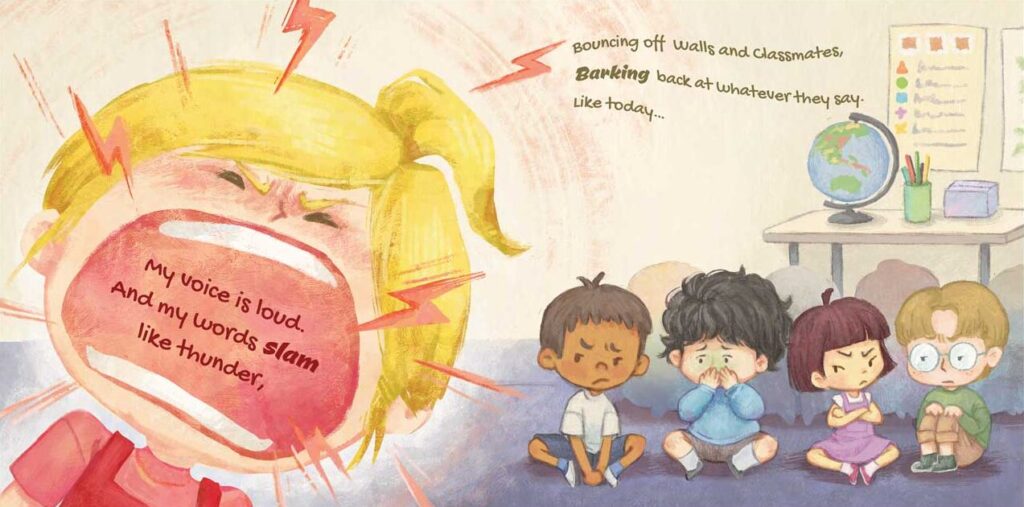
Visual Literacy in the Early Years
Visual literacy, the ability to interpret and create meaning from images, is a foundational skill in early childhood. Through illustrations, children can interpret characters’ emotions, explore cultural settings, and identify key themes or symbols in a story. The Australian Curriculum (v9.0) in the early years encourages students to “explore the contribution of images, print and screen to meaning” (English, Foundation to Year 2), and the Arts learning area promotes “making and responding” to artworks that reflect ideas, feelings, and understandings. Picture books naturally support these aims, building children’s capacity to think critically and creatively about what they see. Developing visual literacy also fosters empathy and deeper comprehension, which are essential in learning through play and communication.
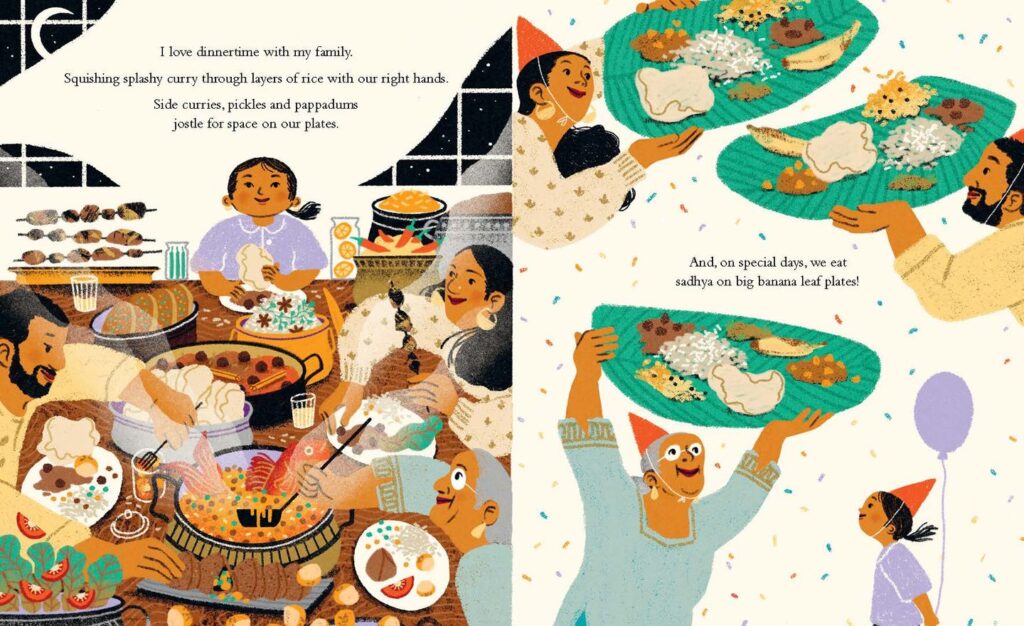
Source: Hardie Grant
Arts as a Response to Story
Learning Through Making
When children respond to a story through art, they transform passive listening into active, creative learning. Art-making allows children to retell, reinterpret, and reimagine a story. This process supports memory, sequencing, emotional understanding, and language development. For example, drawing a scene from a book helps children focus on details, while creating a new ending builds problem-solving and imaginative thinking. These approaches are highly effective within early childhood education programs that value experiential, hands-on learning.
Arts Children Can Create Based on a Story
There are many accessible ways for children to respond artistically to stories:
- Character Puppets – Develop narrative skills through play.
- Activity: After hearing a story, children create puppets of the main characters.
- Benefit: Encourages retelling, sequencing, and understanding character emotions and motivations.
- Story Collages – Support visual storytelling and fine motor skills.
- Activity: Provide old magazines, coloured paper, and fabric scraps for kids to create a scene from the story.
- Benefit: Supports visual storytelling, decision-making, and fine motor skills.
- Story Maps – Reinforce sequencing and comprehension.
- Activity: Children draw or paint a path that shows the key events or locations in the story.
- Benefit: Builds narrative understanding, memory, and comprehension of plot structure.
- Emotion Art – Build emotional literacy by expressing characters’ feelings visually.
- Activity: Choose a moment in the story and ask kids to draw or paint what the characters felt, using colours or abstract shapes.
- Benefit: Develops emotional literacy and empathy.
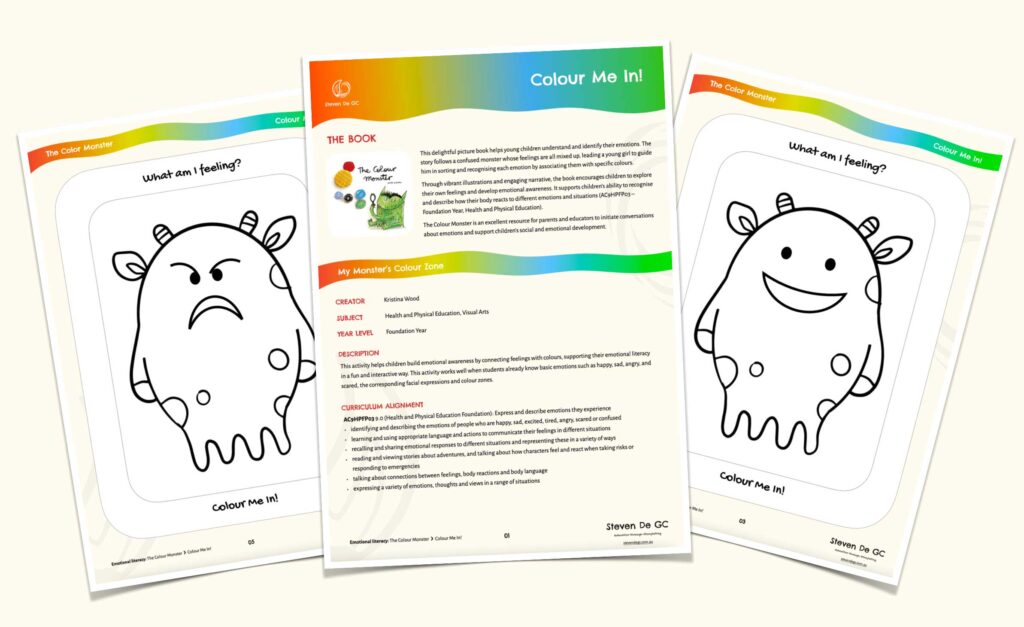
- 3D Models or Dioramas – Foster spatial awareness and creativity.
- Activity: Use recycled materials or clay to recreate a scene (e.g. the house, boat, or forest in the story).
- Benefit: Builds spatial thinking, creativity, and storytelling through physical construction.
- Soundscapes – Use music or objects to reflect story moods or settings.
- Activity: Children use instruments or everyday items to make sounds for different parts of the story (rainfall, footsteps, happy/sad moments).
- Benefit: Encourages active listening, sound recognition, and emotional expression through rhythm and tone.
- Role Play or Tableaux (Frozen Scenes) – Support empathy and body-based storytelling.
- Activity: Act out scenes or create ‘frozen pictures’ of key moments using body shapes and facial expressions.
- Benefit: Promotes cooperation, understanding body language, and perspective-taking.
- Book Cover Redesigns – Promote summarising and visual communication.
- Activity: Children design a new cover for the book, using what they think is most important or exciting.
- Benefit: Encourages summarising, personal interpretation, and understanding themes.
These experiences not only help children make sense of a story but also allow them to express their identity, culture, and feelings through art. This aligns with best practice in arts-based learning in early childhood education.
Conclusion
When stories and the arts are woven together in early childhood education, children gain more than literacy skills—they gain confidence, voice, and a deeper understanding of the world around them. By inviting children to read with their eyes and create with their hands, we empower them to become thoughtful storytellers and creative thinkers from the very start.



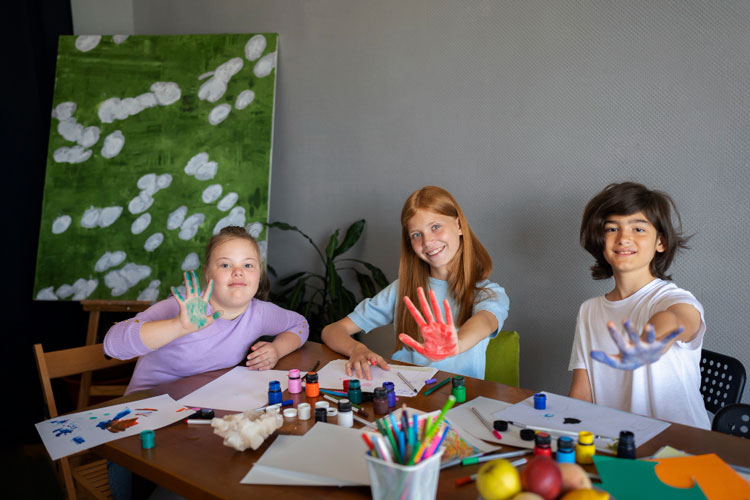
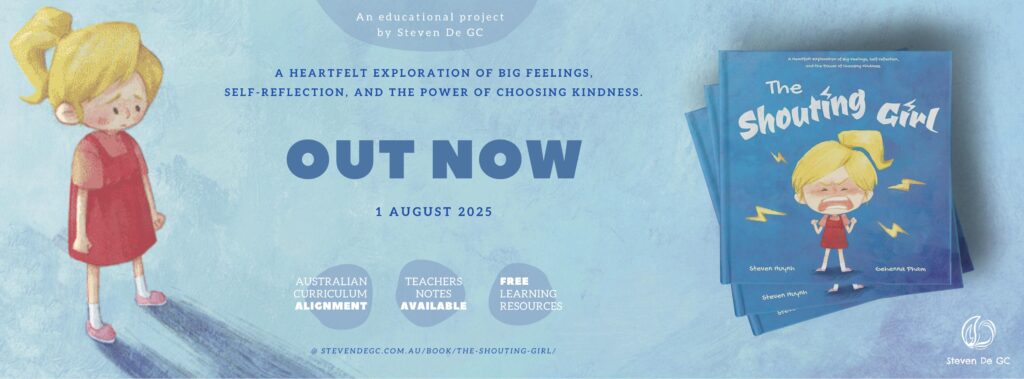


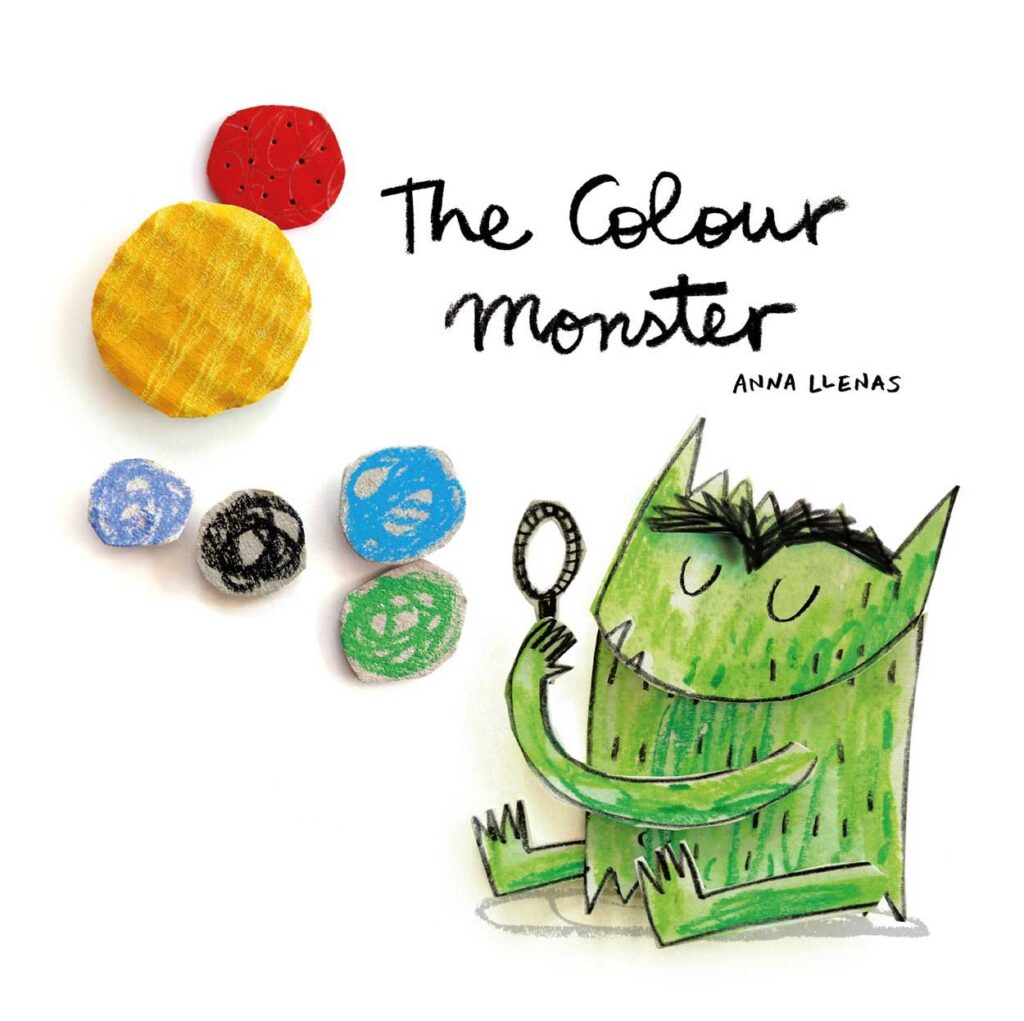








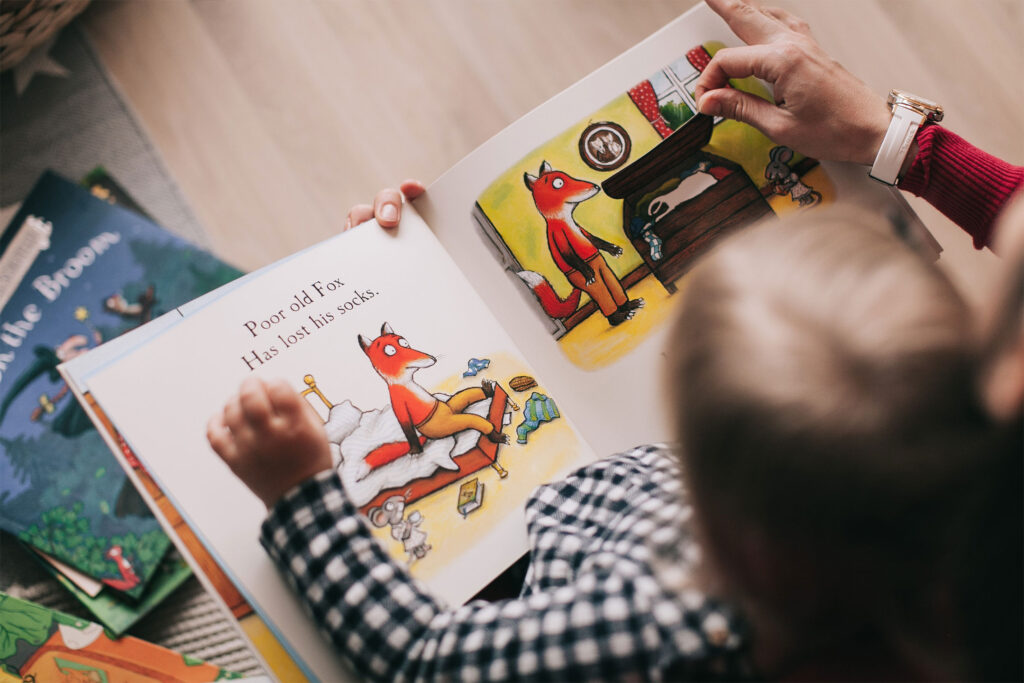
Leave a Reply